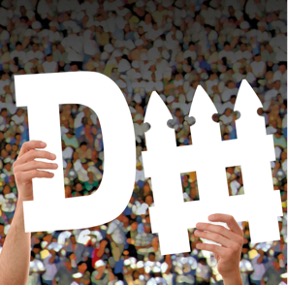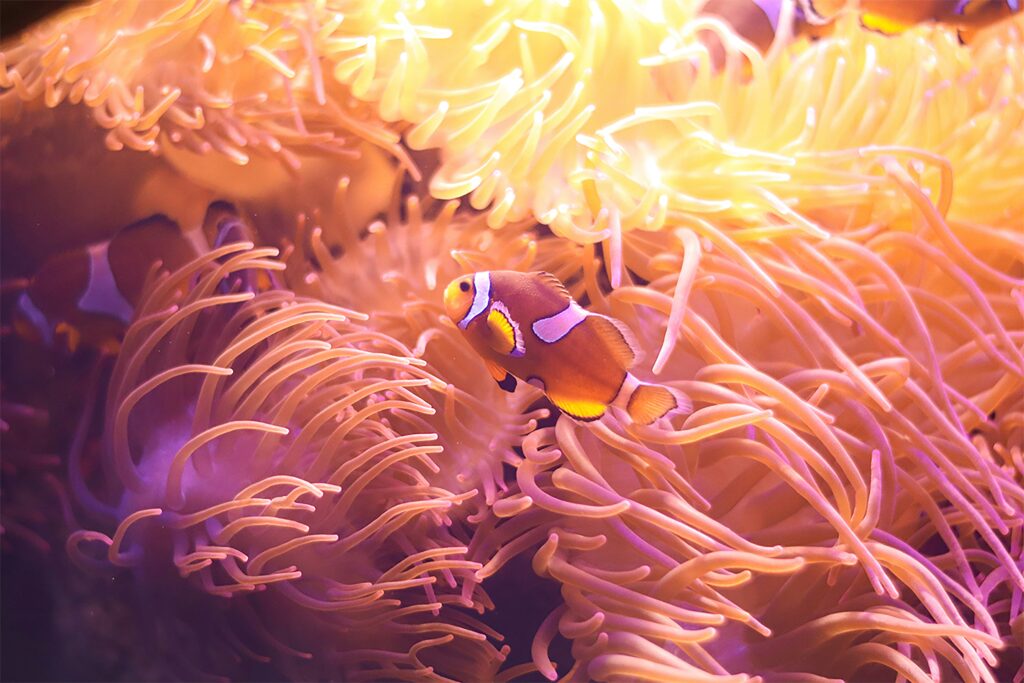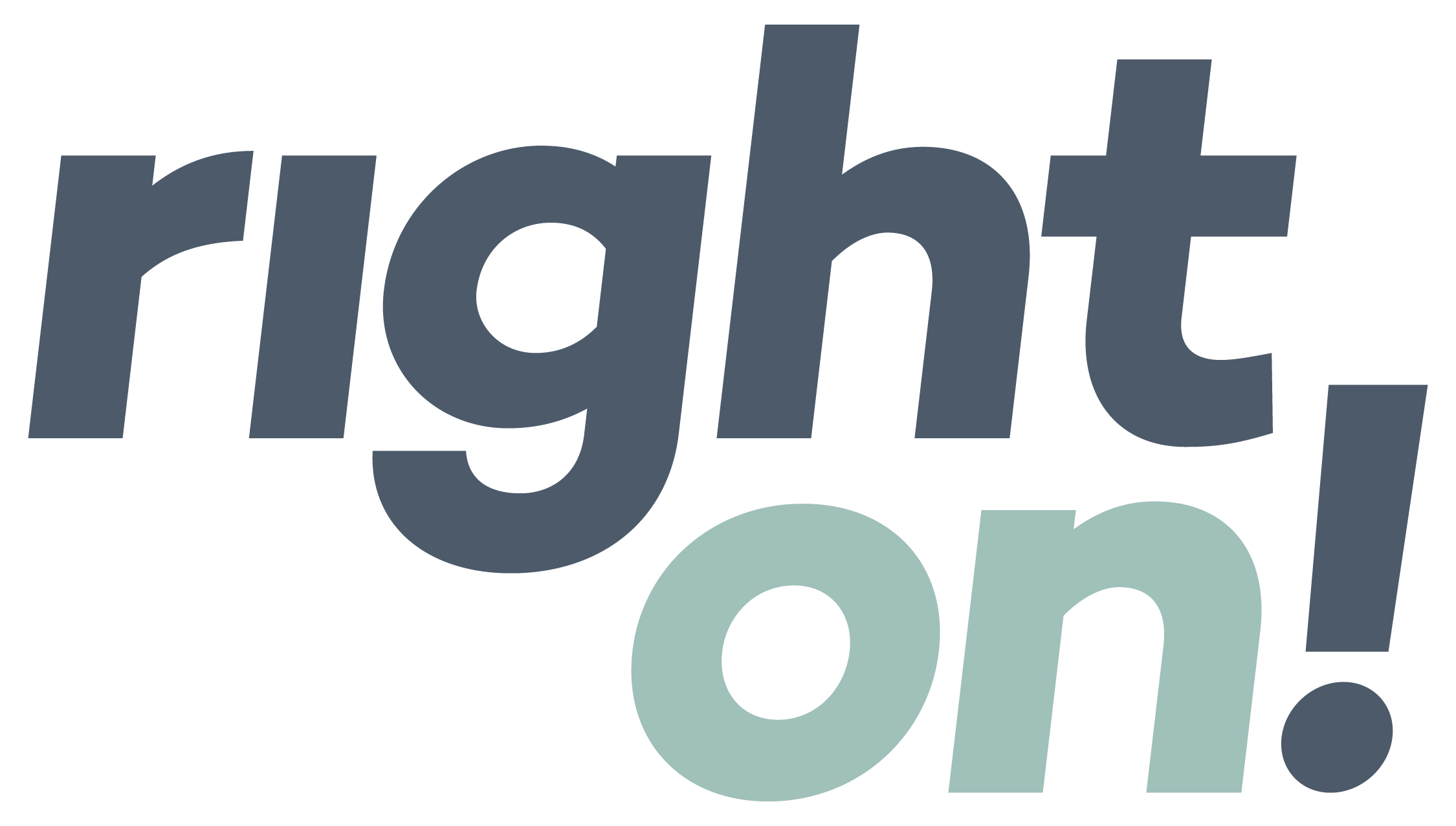
Keep your eye on the ball.
Just when we thought 2020 was unprecedented, we’ve entered another season of uncertainty. Coupled with massive upheaval. And targeted campaigns against research institutions and people promoting planetary health. A lot of us in sustainability communications are leaning on each other to figure out how to navigate these times where messages are shifting, language is being weaponized, and retaliation is real.
While some companies are being strong-armed into a defensive posture to battle back the barrage of policy shifts, budget cuts, and firings, they still need an offense. And as much as I’m sure companies would like to ignore the chaos, responding to some of it through crisis communications is necessary right now. But this frenzied ping-pong match can be extremely time-consuming and emotionally exhausting, leaving no energy for the big-picture work like delivering on annual communications goals and executing strategically aligned content plans.
In challenging times like these, you need a defense and an offense. It reminds me of what a former media director from my ad agency days used to tell me when I had to go sell his big budget to the client, “I can only throw the ball. Can’t catch it, can’t defend it.”
Almost all of our clients have been profoundly impacted by the federal government turmoil. It’s required a tremendous amount of agility by communications teams, with some divvying up roles by offense and defense. While their internal comms team is holding the line on defense, we’ve been able to jump in on offense to continue planning for and promoting the amazing work they do. Here’s what that looks like:

DEFENSE. This consists of items and issues that require short-term action. For the many companies and institutions having to respond and adapt quickly to the mayhem, that could look like:
- Slide decks for speeches and presentations to policymakers.
- Internal memos and emails around critical communications issues like how a federal budget cut will impact their job, their department, or their research.
- Leadership video content to reassure employees or remind partners/customers of critical work being done by the organization.
- Op eds from key leadership defending the company’s position on a certain policy.

OFFENSE. This is the longer-term strategic vision and planning that continues to advance the mission of your work. It reminds audiences of what you make possible and inspires them to act. This consists of support such as:
- Strategic content planning that considers your annual goals and maps a plan and path for delivering on them.
- Messaging pillars to support the vision and positioning of your organization or a specific body of work.
- Execution of content that ladders up to your pillars.
- Planning for annual reports or big rock assets now instead of tabling them for later.
- Creating a steady drumbeat of easy-to-execute content that reinforces your core messages like social posts.
Do you believe in miracles?
It seems absurd that working in sustainability makes me an underdog, yet it does feel like that’s where we are. Fending off the flashier, more muscular team with their executive orders and chainsaws. But every good underdog story has shown that playing smarter, staying nimble, and persevering is how to come out victorious. Because, as the Miracle on Ice taught us, “great moments are born from great opportunity.”
Our Most Recent Insights.
SEE ALL INSIGHTS →
Storytelling
Here for the journey.
For powerful sustainability stories, think beyond the destination and lean into the journey.

Storytelling
Time to own it. We’re marketers.
Sustainability needs more than communications. It needs marketing.

Strategy
You don’t have all the answers. (And that’s ok.)
Get to your best insights by talking to your customers and leading with empathy.
